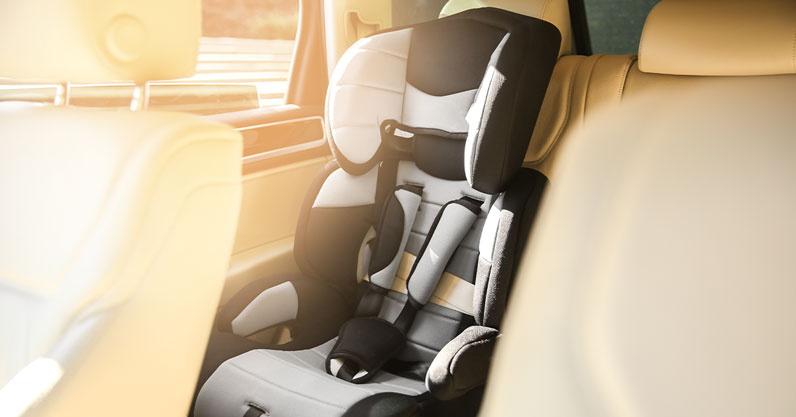Child Car Seat Law FAQ: Here’s What You Need to Know
3 min readIt’s been quite some time since the passing of the Special Protection of Child Passengers in Motor Vehicles law (Republic Act 11229) last 2019. Initially, the LTO slated a full implementation on February 2. However, enforcement is deferred until their information dissemination, motorist education, and public communication campaign is completed within the next three to six months.

But it doesn’t mean that nothing will be made out of the law. At some point, children ages 12 and below must be seated securely in appropriate car seats while traveling in private motor vehicles.
The good news for parents is: LTO won’t begin issuing tickets until three to six months from now. According to the LTO’s deputy director for law enforcement, Roberto Valera, they will be in “warning mode” and “information dissemination” until the time comes that they can issue temporary operator’s permit or a show cause order.
Fines for violation of the RA 11229 or the Special Protection of Child Passengers in Motor Vehicles:
- 1st offense: ₱1,000
- 2nd offense: ₱2,000 (₱3,000 for use of inappropriate child restraint system)
- 3rd offense plus succeeding: ₱5,000 and one-year suspension of driver’s license
If you want to learn more about the law and the implications beyond the acquisition of age-appropriate car seats, read on.
Where should children be seated now?
According to the RA 11229:
“No child 150 centimeters (4’11â€) or less in height, or 12 years of age, is allowed in the front passenger seat. This is because of the danger of injury or death due to the front airbags, which, during a crash, expand at speeds of over 300kph, straight into your child’s face.”
Hence, a child must be seated at the rear seat as much as possible based on UN regulations.
Where should babies 15 months old and below be seated and secured?
As per RA 11229, children under 15 months must be secured in a rear-facing seat, preferably anchored on Isofix attachments found in newer cars. For smaller babies that are difficult to strap into an upright harness, the regulation allows for the use of a side-facing carrycot. An important reminder: carrycots and any child seat must be certified by the LTO if bought before the implementation and DTI if it’s a new one.
Which will be the basis of child seat measurements: height or weight?
Child seat use were based on weight before. But the new UN regulation, and consequently RA 11229, is based on height. Children below 100-105 centimeters (under 3’5â€) need to be in rear-facing child seats. Once the child is over 105 cm but under 125 cm (4’1″), they may move to a booster with a backrest that lowers the car’s own seatbelt shoulder strap to fit the child. Children between 125 – 150 cm (4’1†to 4’11â€) may use booster cushions without the backrest.
Children over 150 cm (5’0″ & up) won’t need to be seated on booster cushions since the regular seatbelt can properly secure them.
My car doesn’t have Isofix. If I drive around with my child in it, will I be apprehended?
Currently, UN regulations do not specify that cars carrying around children in child seats has to have Isofix. So it is still okay to secure child seats with the seatbelts if you have an older car without Isofix.
But Phase 3 of UN Reg. 129, which is being implemented today, provides standards for seats secured with the belts. Check your current seat if it’s still compliant with the old regulation because it won’t meet the standards of the new one.
I have an old child car seat, can I reuse it?
Parents who acquired their own child seats prior to the full implementation may choose to have their seats inspected by the LTO. Be wary because the new law mandates that all child safety restraint systems must have the required certifications that meet the current regulations. One way of knowing this is if the child car seat is marked with an Import Clearance Certificate from the Bureau of Product Standards.
So for those of you who will have to buy child car seats, be on the look out now. The Department of Trade and Industry will eventually release a list of brands that meet the requirements of the new law.
What are the exemptions of this law?
Certain situations can be exempted from the Child Car Seat Law:
- During medical emergencies
- If child seats/boosters may have adverse effects on a child wo has a health or developmental condition
What about public utility vehicles and Grab vehicles? Will this new law apply to them as well?
At the moment PUVs (jeepneys, buses, trains, UVs, taxis) and TNVS are temporarily exempted because there’s no framework as to how this new law will be implemented on this level.
What we suggest for parents is: you can always bring your own certified child car seat whenever you take the taxi or TNVS.